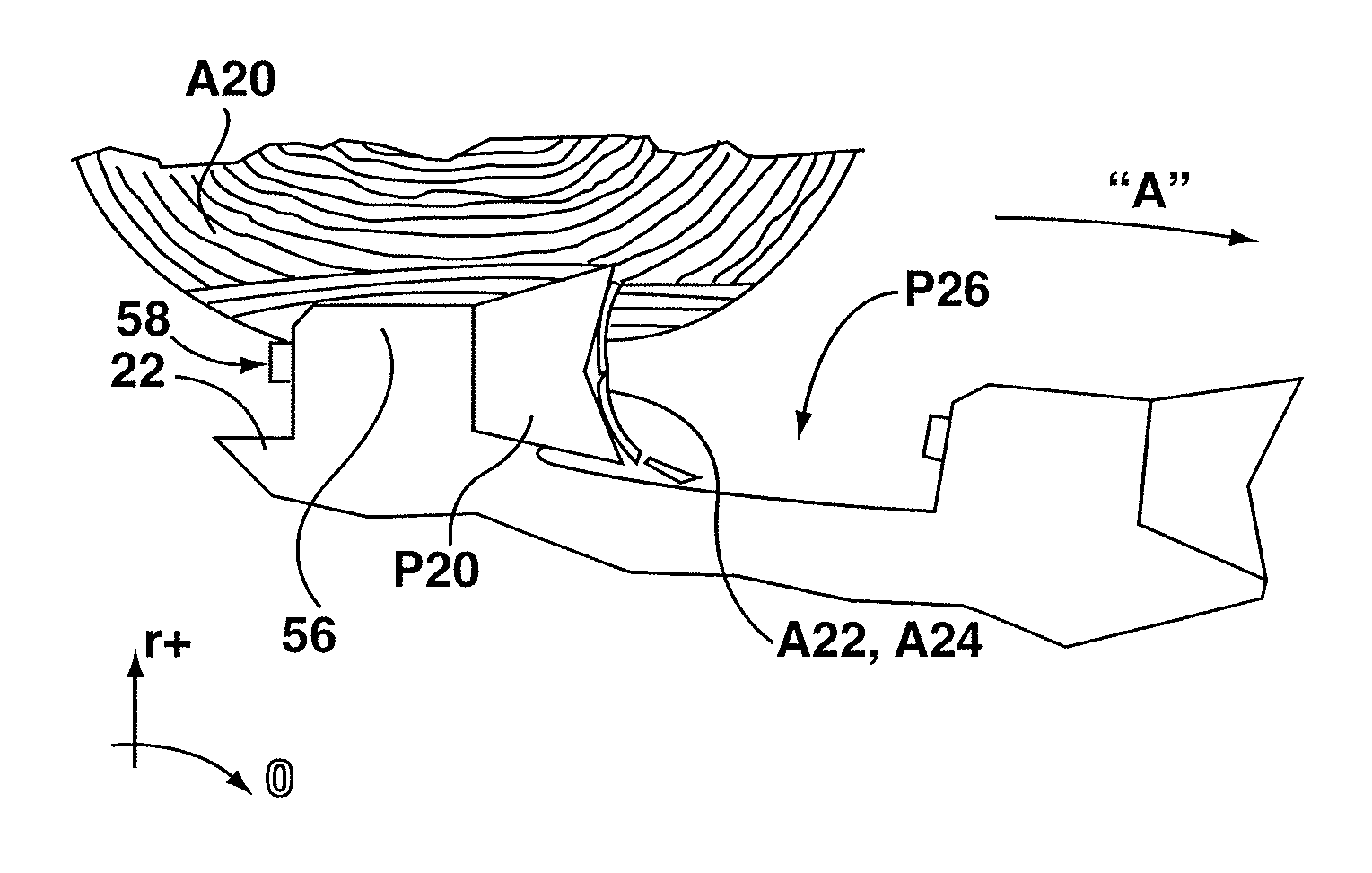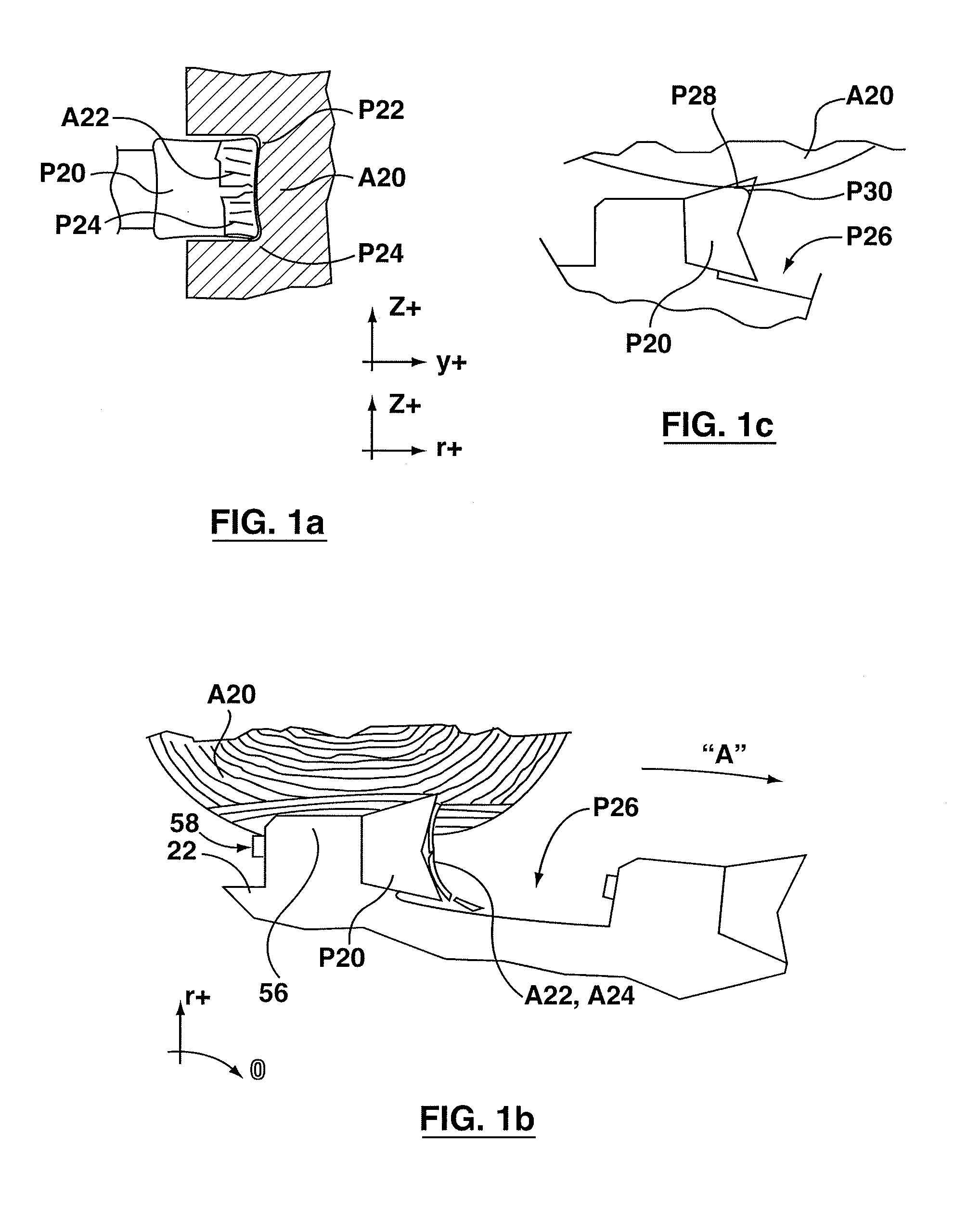Saw tooth for circular saw
a circular saw and saw tooth technology, applied in the field of circular saw teeth, can solve the problems of increased fuel consumption, reduced productivity, and relatively quick wear of saw teeth, and achieve the effects of reducing productivity, reducing fuel consumption, and increasing fuel consumption
- Summary
- Abstract
- Description
- Claims
- Application Information
AI Technical Summary
Benefits of technology
Problems solved by technology
Method used
Image
Examples
Embodiment Construction
[0044]The description that follows, and the embodiments described therein, are provided by way of illustration of an example, or examples of particular embodiments of the principles of the present invention. These examples are provided for the purposes of explanation, and not of limitation, of those principles and of the invention. In the description, like parts are marked throughout the specification and the drawings with the same respective reference numerals. The drawings are not necessarily to scale and in some instances proportions may have been exaggerated in order more clearly to depict certain features of the invention.
[0045]It may be helpful to identify co-ordinate systems that may aid in understanding the present invention. At the largest level, there may be a cylindrical polar co-ordinate system, in which the axial, or x-direction is defined by the axis of rotation of a feller buncher disc saw blade. The circumferential direction is that through which angles, angular velo...
PUM
 Login to View More
Login to View More Abstract
Description
Claims
Application Information
 Login to View More
Login to View More - R&D
- Intellectual Property
- Life Sciences
- Materials
- Tech Scout
- Unparalleled Data Quality
- Higher Quality Content
- 60% Fewer Hallucinations
Browse by: Latest US Patents, China's latest patents, Technical Efficacy Thesaurus, Application Domain, Technology Topic, Popular Technical Reports.
© 2025 PatSnap. All rights reserved.Legal|Privacy policy|Modern Slavery Act Transparency Statement|Sitemap|About US| Contact US: help@patsnap.com



